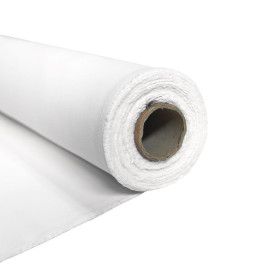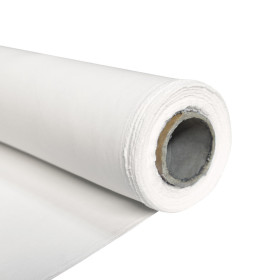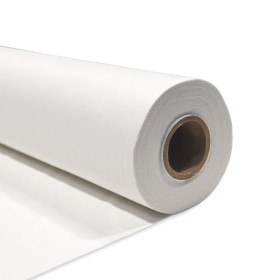Here is a list of frequently asked questions (FAQ) about common problems related to DTF ink, along with their answers:
Why does my DTF print look dull or faded?
Dull or washed-out colours on a DTF print may be the result of poor ink quality, incorrect colour saturation, or inadequate preparation of the item's surface. Also check the file's colour profiles and the machine's ICC profile, as errors in these settings can also affect colour rendering.
How can I avoid smudging or ink overflow when printing DTF?
To avoid smudging or ink overflow when printing DTF, make sure that the machine settings are configured correctly. Incorrect settings can cause the print heads to shift, making the image less sharp. The glue is not responsible for print smudging.
What should I do if the DTF ink does not dry properly after printing?
If the DTF ink does not dry properly, it may be due to insufficient temperature or pressure when fixing the printing powder, or excessive humidity in the working environment. Be sure to follow the manufacturer's instructions for the fixing process.
Why does my DTF printout have unwanted lines or bands?
Undesirable lines or bands may be due to clogged print nozzles, incorrect resolution or print speed settings, or poor DTF ink quality. Regularly clean the print nozzles and adjust the print settings to resolve this issue.
How can I improve the adhesion of DTF ink to the item's surface?
To improve the adhesion of DTF ink, make sure you prepare the item's surface correctly by applying a uniform layer of DTF glue and allowing the recommended drying time. Also use print settings that are appropriate for the texture and type of material of the item.
What should I do if the design comes off the surface of the item after printing?
If the design peels off after printing, this may indicate a problem with the adhesion between the powder and the surface of the item. Make sure that the surface is properly prepared and that the DTF glue is applied evenly and adheres properly to the surface.
How can I avoid compatibility issues between DTF ink and the item surface?
To avoid compatibility issues, conduct preliminary tests on samples of similar materials before printing the entire item. Choose specialised inks for DTF printing, suitable for your machine.
What are the best practices for storing and handling DTF ink?
Store DTF ink in a cool, dry place, away from direct sunlight and temperature fluctuations. Shake the ink well before each use and follow the manufacturer's instructions regarding shelf life and storage conditions.
By following these answers to frequently asked questions, you can resolve many common problems related to the use of DTF ink and improve the quality of your prints. If you encounter persistent difficulties, do not hesitate to contact the technical support of your DTF ink supplier for additional assistance.
If you would like to learn more about DTF ink, check out our comprehensive guide on the subject available on our blog: Comprehensive Guide to DTF Ink.



































0 commentaires